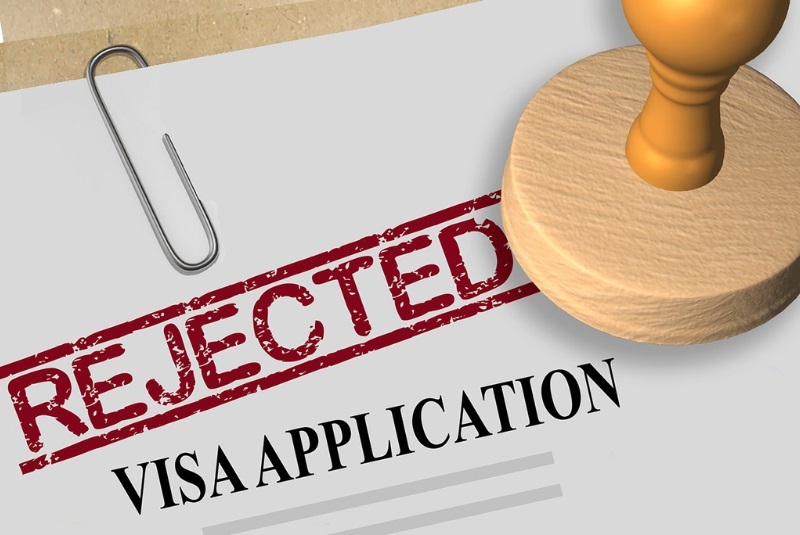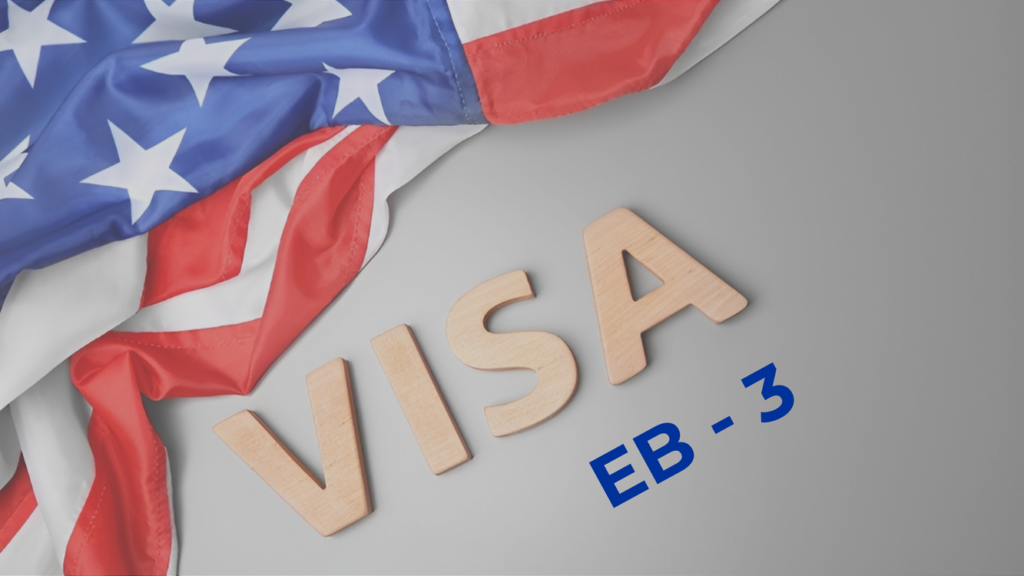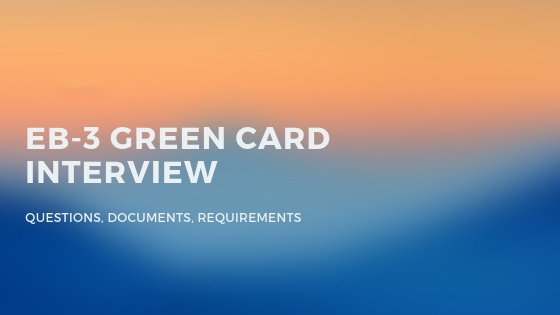Keeping in mind each step discussed above, we can estimate the processing time for the EB-3 green card. However, it’s important to note that several factors can influence the overall duration of the process.
- The PERM Labor Certification typically takes around 8 months without any complications. However, if your employer undergoes an audit or supervised recruitment, this period could extend to up to two years.
- For the I-140 petition, the average processing time is around 6 months, depending on the caseload of the Service Center handling the application.
- The waiting period for your priority date can vary significantly, ranging from two months to over a decade, depending on your country of origin.
- Regarding the I-485 application, it generally takes an average of 6 months to process, and unfortunately, this step cannot be expedited through premium processing.
However, if waiting for 6 months for your I-140 to be processed is too long for you, there is an option to use premium processing by paying an extra fee. This service shortens the processing time of your petition to just 15 calendar days.
It’s crucial to ensure that your application is free from inconsistencies or errors, as they can significantly delay the EB-3 processing time. Our priority is to expedite the process as much as possible for our clients. To have a clear understanding of your specific processing time, schedule a consultation with our team and work closely with your EB-3 green card attorney.
EB-3 to Citizenship
Congratulations on obtaining your EB-3 immigrant visa! While you might already be content with your immigration journey, there are several advantages to taking the final step and becoming a U.S. citizen:
- You will gain the ability to work as a federal government employee.
- You can sponsor your family members for green cards at a higher preference level.
- You will be eligible to vote in primary elections.
- There will be no need to renew your immigration status anymore.
- You will be protected from deportation and can stay in the U.S. permanently.
These are just a few of the many benefits that come with transitioning from an EB-3 visa to citizenship. The process of achieving citizenship is called naturalization, which involves filing an N-400 form with the USCIS. Meeting the requirements, such as residing in the U.S. as a legal permanent resident for at least 5 years, will qualify you for an interview and an exam evaluating your knowledge of American government, history, and proficiency in English.
If you pass the test and interview successfully, you will be required to take an oath of allegiance to the United States, officially becoming a U.S. citizen.
As a side note, although the N-400 application fee may seem more expensive at $725, plus an $85 biometrics fee, compared to the EB-3 green card renewal fee, you only need to pay this once, unlike the green card renewal fee, which must be paid every decade. This makes citizenship a cost-effective and long-term solution.

EB-3 Visa Denial
We strive to help you avoid the disappointment of an EB-3 denial by providing essential information on how to prevent such issues from arising.
An EB-3 green card petition can be denied or rejected for a few main reasons:
- Inconsistent, incomplete, or inaccurate information on the petition.
- Incorrectly submitted filing fee.
- Failure in the background check.
- The position does not meet the requirements for the EB-3 green card.
- The employer does not meet the requirements for the EB-3 green card.
For the first two items on the list, your petition is likely to be rejected, which means it was returned due to a minor issue. The best course of action is to collaborate with your immigration attorney to rectify the mistake and refile the petition.
However, for the remaining reasons, the situation may be more serious. A denial signifies that your petition underwent thorough examination by an immigration officer and was rejected based on the merits of your case. In such situations, you have several options. You can choose to refile with additional or different supporting evidence, appeal the decision through the Administrative Appeals Office, or make a legal motion to request reconsideration or reopening of your case. Working closely with your immigration attorney will help you determine the best approach to address the situation.
What About an RFE?
At times, instead of issuing an outright denial, the USCIS may send a Request for Evidence (RFE). Consider this as a second chance rather than a hindrance. The USCIS is providing you with the opportunity to submit additional documentation to strengthen certain aspects of your case. Although there is a limited timeframe to respond to the RFE, this should be seen as a positive step. To make the most of this opportunity, it is advisable to work closely with your immigration attorney. They can help you prepare and submit a comprehensive and timely response to the RFE, increasing your chances of a favorable outcome.
Our Experience with EB-3 Visas
Foreign workers have various options to come to the U.S. on permanent or semi-permanent bases. Among these options, the EB-3 visa can be an excellent fit for certain individuals, depending on their background, U.S. sponsors, and guidance from immigration lawyers. This visa offers the opportunity to become a U.S. permanent resident and is categorized as an immigration visa.
From the information provided above, you can gain comprehensive knowledge about the EB-3 visa, including its requirements, the application process, how to handle rejections, and the pathway to obtaining U.S. citizenship. Our team has successfully assisted numerous foreign workers in securing EB-3 visas, and our ultimate objective is to make the entire process easy and straightforward for you.
Take the first step towards fulfilling your American dream by scheduling a consultation with us. Let us assist you in making your aspirations of living and working in the U.S. a reality!









